AfricanX Okra, Trial
5 years ago
Featured Answer
Sort by:Oldest
Comments (15)
- 5 years agolast modified: 5 years ago
- 5 years ago
Related Discussions
The best okra variety you've grown?
Comments (47)The only thing I grow in a high tunnel are my early girl tomatoes. I plant them a month early, and get my first harvest in June rather than July. The photo of the single okra plant inside the hoop house was one taken as a freak storm was approaching. I threw that hoop house together with scraps of sheet metal, black plastic, old vis-queen, and what ever I could find, in an attempt to save this plant's germplasm from the freezing temperatures that were approaching. Unfortunately, high winds that night prevailed, and I lost the battle. Only 5 pods were saved to full maturity. These were distributed among friends at the Department of Agriculture, and a few OSU professors I knew. The dusty ground in that photo will attest to the drought conditions in which that plant prospered. I was only able to water it sparingly, as our well was close to going dry. The photo was taken in October of 2011 after a Summer of record heat. August 2, 2011 reached 115 degrees....See MoreOkra: Hill Country, Alabama Red?
Comments (3)Yes, I had seen this complaint of Evertender being weak and floppy before. Not sure if that means it is being destroyed by the wind, or if it is just a aesthetic complaint? I am growing the okra mostly to use in my gumbos which I make frequently. The purple varieties look pretty so I am interested in them so long as they taste the same and produce as well. The seeds I have ordered so far are Bowling Red, Burgundy, Hill Country Heirloom Red, and Emerald. I am in Augusta, GA. I am planting these in partial shade so I hope they will tolerate that. I am thinking that if I try multiple varieties then there is more chance that some will produce well. Has anyone grown both Hill Country and Alabama Red? I am new to heirloom vegetables. Are some of the varieties sometimes identical?...See MoreHeavy hitter okra
Comments (39)Sounds like Jing Orange is a keeper. Not many varieties fruit on every branch. Those are some great looking pictures you posted. I liked the red color too; it added a nice contrast to the yellow blooms. Those are some beautiful plants, I keep looking back over the photos. It's always good to hear about varieties that do well in a backyard garden, makes you feel good, just looking at them. I saw some Jing Orange Okra seeds for sale in the Baker Creek Seed catalog this Spring for 27.5 cents per seed, 10 seeds for $2.75, plus shipping. It's nice to know they perform well. I enjoy trying unique varieties. My H.H. plants fruit on all the branches, adding several picking points. It's nice to gather more than one pod per plant on picking day. Especially, when your picking for friends and family. I picked 200 pounds of okra this Summer, before I ever got to pick any for myself. It seemed like every time some one drove up, they wanted 20 pounds at a whack. It was August, before I fried any just for me. Every year, I dehydrate some H.H. okra for our family reunion, by slicing them about 1/2" to 3/4" inch thick, then salt and pepper the slices, like I would if I were going to frying them. After seasoning them, I place them in the dehydrator until crisp, like potato chips, and vacuum seal them in wide mouth glass jars. I'll bet Jing Orange would make some great looking, red, dehydrated okra slices! If they hold their color after dying, that would be a great mix for Christmas party snaking. Thanks for posting the Jing Orange photos, branching varieties are interesting....See MoreAn Okra Story
Comments (15)All these great okra stories have convinced me to share a story that I found on the internet in the summer of 2007. As a result of that find, I grew out seed in 2008 and have a 2nd crop planted this year. I saved seed from last year and also have 6 plants of the original seed growing now. Due to the original find being a copyrighted story that was published in Oct. 2006 from a North Carolina newspaper, this must be paraphrased. As I had known, not all the Cherokee went west. So, I'm very honored to have found this heirloom and to be able to work to preserve it. The OkraMan was 79 at the time and died in April of 2007. The story was that he has been growing seed of an okra that was obtained from his grandmother, "a full-blooded Cherokee" and passed through her d-i-l to her son, The OkraMan. The story quoted The OkraMan as growing 64 stalks of a very tall and well branched antique variety. On 1 stalk they counted a total of 27 pods. Seems that a local TV station had run a story saying that okra should only be eaten if it was less than 4" long. The OkraMan and his family declared this okra to be tender to 10". Stalks were quoted to be 5" in diameter at the base and that as a child in Pamlico County where he grew up it had grown wild on a ditch bank near a barnyard and reseeded itself being tall and strong enough for the lad to climb in. He thought some folks might find that hard to believe. He believed the variety to be at least 175 years old, perhaps older. He could trace his history back that far to a farm on Mill Pond Road where his grandfather first settled and apparently married his grandmother. It is indeed a tasty, productive okra. Not quite what I remember that my mother grew, but unfortunately I lost the seed of that cultivar in a move many years ago. Hope you enjoy the story. Photos of The OkraMan and some of his family are in the link. Gary Here is a link that might be useful: Zane Rice photos...See More- 5 years agolast modified: 5 years ago
- 5 years ago
- 5 years agolast modified: 5 years ago
- 5 years ago
- 5 years agolast modified: 5 years ago
- 5 years ago
- 5 years ago
- 5 years ago
- 5 years ago
- 5 years ago
- 5 years ago
- 5 years ago
Related Stories
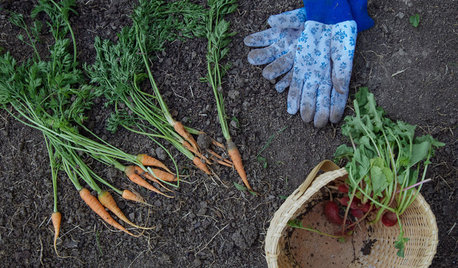
FARM YOUR YARDMy Houzz: Backyard Farming for a Kansas City Family
A backyard garden provides a family of 5 with organic seasonal produce. Here's how they do it
Full Story
DECORATING GUIDESFrom Queasy Colors to Killer Tables: Your Worst Decorating Mistakes
Houzzers spill the beans about buying blunders, painting problems and DIY disasters
Full Story


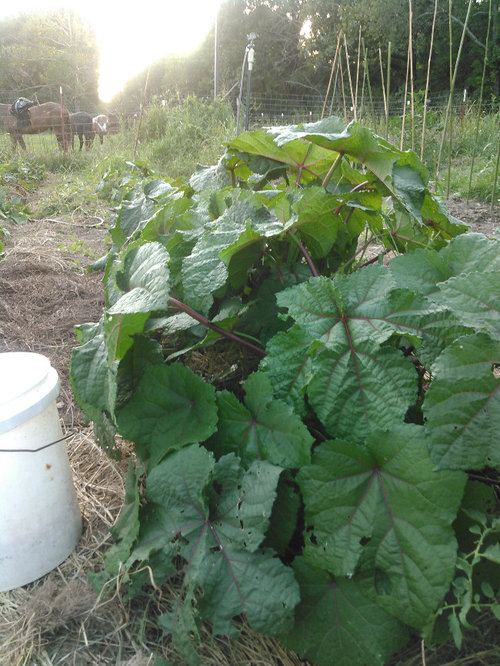
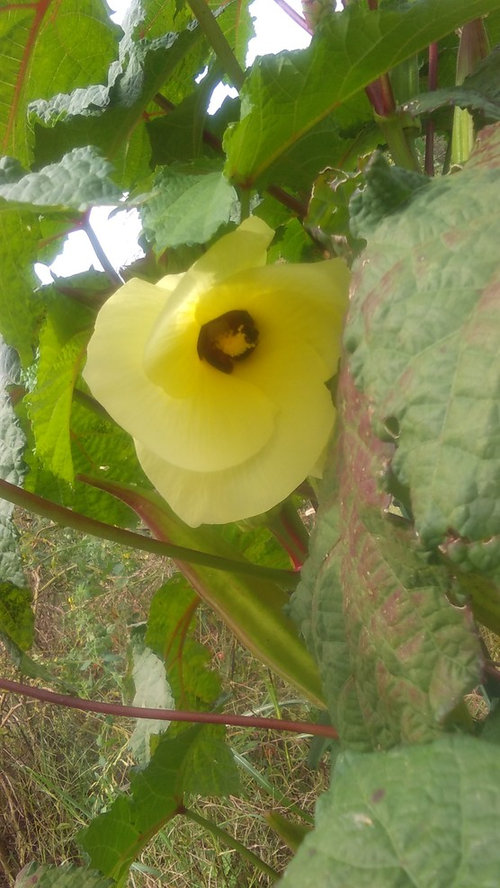
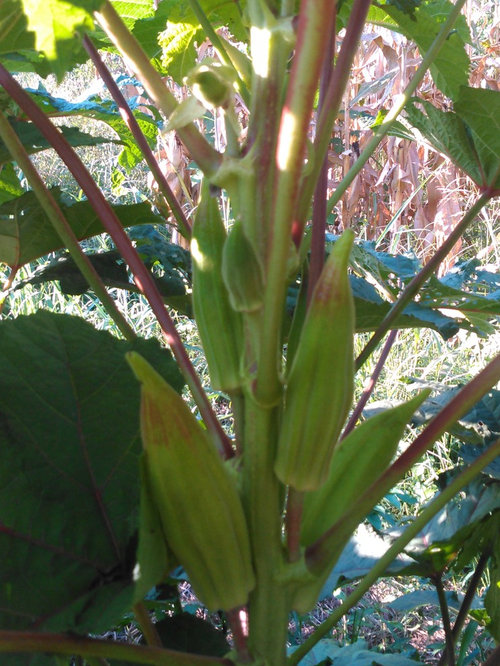
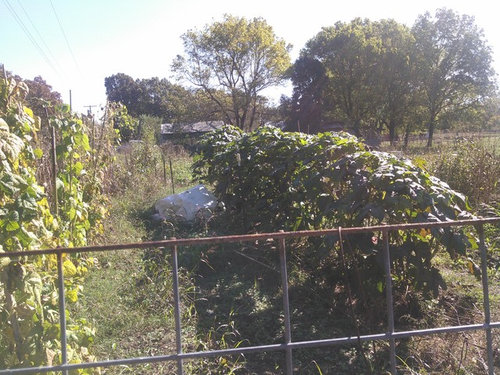
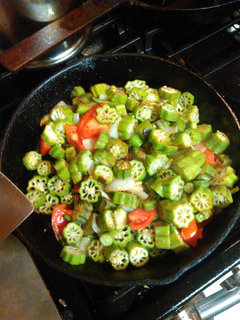
HU-297687051